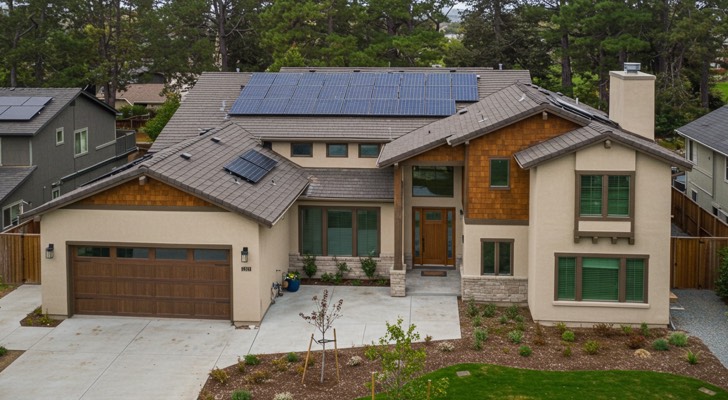The U.S. housing market in 2025 is undergoing a noticeable transformation. Rising interest rates have made borrowing more expensive, yet demand for new homes remains steady. A national shortage of existing home listings is pushing more buyers toward newly built properties. These homes are often more energy-efficient, come with fewer maintenance surprises, and match today’s design preferences like open floor plans, smart technology, and low-maintenance materials.

Why Buyers Are Turning to New Construction
One major reason behind the surge in new home sales is simple: homeowners with older mortgages at low interest rates are staying put. That reduces inventory for resale homes, giving new builds a larger share of the market. Builders have taken note and are meeting buyers where they are. Many offer incentives such as rate buydowns or free upgrades to attract cautious buyers. The result is a market that, while still competitive, gives more flexibility and modern features to those willing to buy new.
Pricing Trends Across Major U.S. Cities
Prices for new homes in 2025 vary widely depending on location. In Austin, Texas, the average cost for a new single-family home is around $520,000, with developments booming in suburbs like Leander and Kyle. Phoenix, Arizona remains strong at about $470,000, especially in areas such as Buckeye and Goodyear.
In the Southeast, Atlanta, Georgia sees average prices near $430,000, with many families choosing new communities on the city’s outskirts. Charlotte, North Carolina offers similar prices around $440,000, particularly in fast-growing areas like Indian Trail. Orlando, Florida continues to attract both retirees and working professionals, with average new home prices around $460,000.
In Dallas-Fort Worth, Texas, new homes typically sell for about $510,000, with Frisco and McKinney among the most popular areas. Nashville, Tennessee has seen its average price climb to $510,000, fueled by growth and limited supply.
Midwestern Affordability and Rising Values
Midwestern cities are seeing more action as buyers search for value. Chicago, Illinois offers new builds in the $500,000 range, especially in suburbs like Aurora and Naperville. Indianapolis, Indiana remains one of the most affordable metro areas, with new homes starting around $360,000, making it attractive to first-time buyers.
The Western Markets Stay Pricey
New homes on the West Coast come with significantly higher price tags. In Seattle, Washington, a newly built home can cost upwards of $780,000, with limited land and rising labor costs pushing prices higher. Denver, Colorado sees averages closer to $550,000, while Salt Lake City, Utah is around $615,000.
Los Angeles, California and San Diego are among the most expensive markets, with new home prices often exceeding $900,000 to $1.2 million, depending on location and amenities. Builders in these regions are focusing on compact luxury townhomes or vertical living solutions.
The Northeast: High Prices, Limited Space
In the Northeast, land for new construction is scarce, so most new homes are built in the suburbs or outer areas. Boston, Massachusetts sees average new home prices well over $800,000, while New York City tops the chart with new builds often starting at $1.2 million in the outer boroughs and nearby counties.
Design Trends in New Builds
Across all regions, modern new homes reflect changing lifestyles. Builders are reducing square footage slightly but optimizing space with open kitchens, high ceilings, and energy-efficient designs. Features like electric vehicle charging ports, solar panels, and smart thermostats are increasingly standard in many new developments. Buyers are especially drawn to homes that are low-maintenance and offer strong resale potential in case their life plans shift in the coming years.
Is 2025 a Good Year to Buy New?
For many, the answer is yes, with conditions. While higher mortgage rates do impact monthly payments, buyers are getting more value, better construction quality, and incentives that ease the upfront cost. Builders are increasingly willing to negotiate, and the intense bidding wars of past years have cooled in most markets.
Buyers who explore up-and-coming suburbs or expanding metros can often find well-priced new homes with excellent amenities and long-term potential. For those planning to stay put for at least five to seven years, purchasing a new home in 2025 remains a smart move.
 © Copyright 2025 Shirabe-ru | Terms | Privacy Policy | Contact Us
© Copyright 2025 Shirabe-ru | Terms | Privacy Policy | Contact Us

